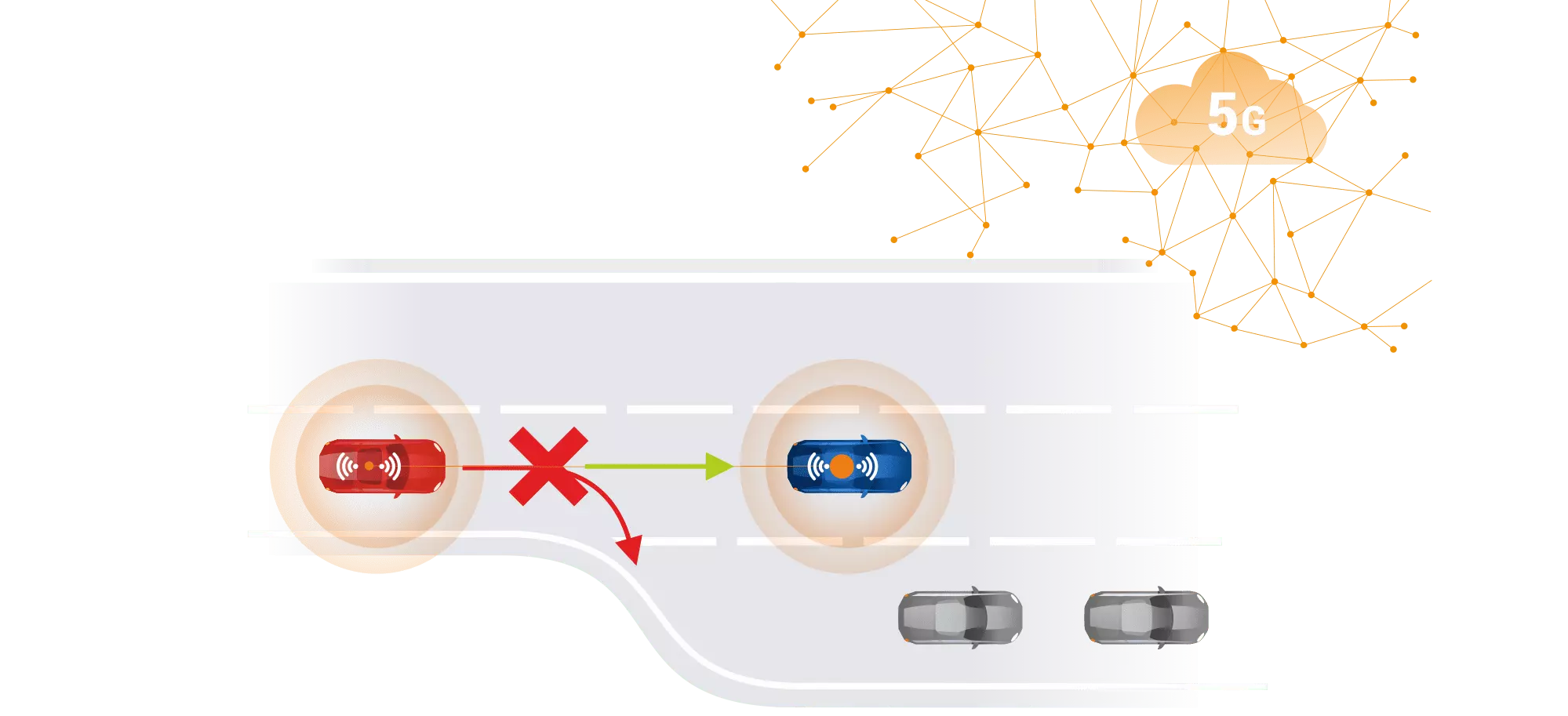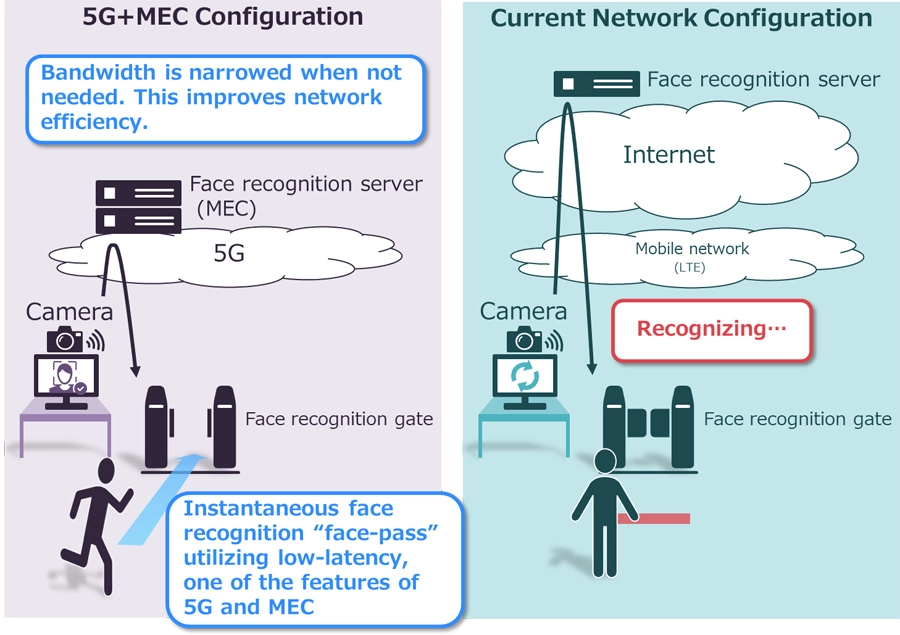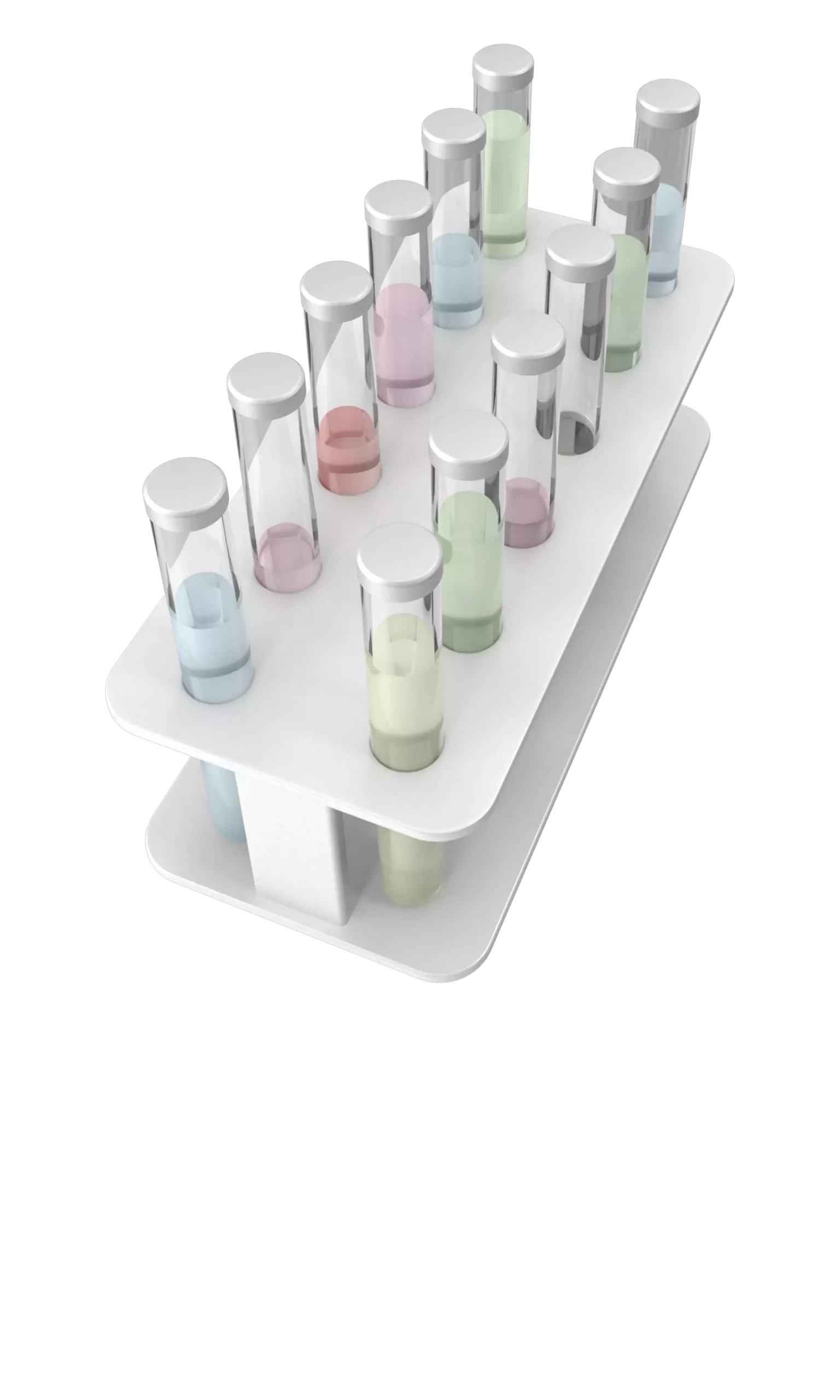Innovation Alphabet
Edge Computing
In a nutshell
Location, location, location. This phrase not only applies to real estate, but also to an emerging world: edge computing. This is an IT architecture that enables real-time processing, analysis and storage of data performed as close as possible to its source of origin. A strategy that was created to come to the rescue of traditional data centers, challenged by the growing number of internet-connected devices and the volume of data used and produced by companies.


Application Fields
• IoT: This computational model is employed in the Internet of Things. It provides the ability to process large amounts of locally produced data and sends much more compact processing to remote systems.
• 5G: Network architectures such as 5G can also leverage edge computing. It allows shortening the distance data travels to get to the network cloud server and back to the user. It is the special ingredient for an agile and intelligent mobile network.
• Transportation: The speed of transmission is especially crucial for smart cars and self-driving vehicles in general. In fact, they need to rely on control systems that can interpret the information transmitted by sensors in real time. This allows to identify obstacles, signs, and better navigation routes.
Do you have a Operations & Human Resources challenge to tackle? Let’s face it. Together.
C-levels from these companies (AND MORE) relied on my expertise to overcome thEIR CHALLENGES IN THIS AREA. And You can, too.
Can I help you?Industries
• Edge computing in the automotive industry: 5G CARMEN
The European Commission has funded a project called “5G for Connected and Automated Road Mobility in the European Union”. It aims to study, implement, and demonstrate innovative solutions for cooperative, connected and automated mobility (CCAM). The intention is to build a 5G-enabled road corridor from Bologna to Munich to conduct some cross-border testing of the mobile network on four use cases: cooperative maneuvering, situational awareness, video streaming and green driving. 5G NR (New Radio) will be used to support services that require bandwidth and low latency times. The idea driving the project is to define a “distributed mobile cloud” that extends from the vehicle itself to the centralized cloud. It will provide an ending multi-tenant and neutral host platform that can enable new business models.


• Edge computing in the telecommunications industry
The computational model is, of course, a viable solution for telecom companies. Indeed, they use distributed architectures to build next-generation mobile networks (5G itself).
• Edge computing in broadcasting services
Companies operating in broadcasting, on-demand and real-time (similar to the Netflix model), can benefit enormously from edge computing. By creating small, interconnected regional data centers that are close to users, their requests can be met very quickly, and latency issues can be reduced to zero. Video content can thus be distributed quickly to anyone who requests it by duplicating it on different edge servers and routing it to the user from the machine closest to them.
Business Functions
• Edge computing in support of logistics
The goals of Verizon – a U.S. broadband and telecommunications provider – were to automate deliveries and delivery forecasting, improve quality control and resource efficiency, and create end-to-end transparency and visibility throughout the supply chain. Verizon’s 5G Ultra-Wideband and Multi-Access Edge Computing (MEC) solution powers Artificial Intelligence and Augmented Reality technologies that help refine supply chain efficiency. The system provides real-time logistics checks, thus helping manufacturers track goods, identify defective items, and automatically replace damaged or delayed products.
• Edge computing in support of facial recognition walkthrough
NEC has some of the most developed facial recognition technologies in the world. The company is planning to adopt systems such as edge computing for its facial recognition cloud service in order to use it on a wide range of applications according to customer needs.

• Edge computing in support of HR
A study presented an optimization model for Human Resource Management (HRM) using Whale Optimization Algorithm (WOA) in cloud-edge computing. Experimental results show that the prototype was able to improve the minimum response time, allocation cost, and increase the number of allocated human resources in two different scenarios compared with other meta-heuristic algorithms.
Stay in wonderland
Let me show you how deep the rabbit hole goes.
Check out more of the Innovation Alphabet:

3D Printing
3D Printing
“3D printing” is a process carried out by an electronic device which, instead of resorting to the canonical ink, it molds almost any kind of material: from concrete to living tissue, most usually plastic, but also metal. And the operating principle is similar to that of a traditional printer. The creation of three-dimensional models can lead to the redesign of a company’s production capabilities.
Dive In
5G
5G
5G is the new frontier of cellular telephony. It was designed to improve (or completely replace) previous generations of mobile networks. The 5th generation features lower latency, ensuring flawless performance of business applications and many other digital experiences – thus enabling the new cultural generations to furiously play Fortnite away from home.
Dive In
Advanced Analytics
Advanced Analytics
The term “Advanced Analytics” refers to the ability to autonomously or semi-autonomously analyze data and content to identify correlations, develop analyses, predictions, and recommendations. It is not just a matter of collecting information and then organizing it into watertight compartments: the ultimate goal is to identify a dialogue pattern from a data-driven perspective.
Dive In
Agile
Agile
Agile is an approach to software development designed to respond to change. Teams quickly analyze the context in which they operate, identify uncertainties faced, and figure out how to adapt to always move forward. Interaction between individuals comes before processes and tools; collaboration with the customer is more important than negotiating contracts.
Dive In
Ansoff Matrix
Ansoff Matrix
The Ansoff Matrix is a marketing planning model that arises from the intersection of new and existing products and markets. It derives four possible strategies for expanding the company’s market, which are built around four variables with a changeable factor of risks and possibilities: existing product, new product, existing market, new market.
Dive In
Artificial Intelligence
Artificial Intelligence
Artificial Intelligence is not strictly defined. Basically, it is a computer system able to make decisions in an independent and flexible way. A good AI application can perform everyday tasks better than an average person (e.g., identifying other people from their photos on social media or beating the best chess player). Nothing to fear, then. Unless you are a chess champion.
Dive In
Artificial Scarcity
Artificial Scarcity
We often tend to desire what we cannot have. Or what we are in danger of losing: Artificial Scarcity is a strategy that flaunts a limited number of items that do not correspond to actual availability. The goal is to stimulate the perception in consumers that the stock of items is about to run out and thus create a need based on the “fear of being cut off” or the intention to buy the item in order to resell it at a higher price.
Dive In
Attack Surface
Attack Surface
The term attack surface refers to the part of a system that may be subject to attack or breach by hackers. The smaller that surface is, the easier it will be to protect it. Indeed, the Internet is an ocean of deep, dark waters: those who navigate it must be aware that they are exposing themselves to a flood of digital risks. Yet, ironically, we do not need a big boat to shelter us.
Dive In
Augmented Reality
Augmented Reality
Augmented Reality is an ever-evolving technology that overlays multimedia information on top of our common sensory horizon to gain a deeper understanding of our surroundings. No, it doesn’t allow you to step out of the Matrix dream simulation, nor can it be accessed by swallowing a red pill. But neither is it the disturbing experience of the Playtest episode of Black Mirror.
Dive In
Balanced Scorecard
Balanced Scorecard
In business, as in life, you need balance. The Balanced Scorecard is a holistic tool for strategic management. It offers, in fact, the possibility of assessing corporate performance in its wholeness. An overview that embraces four perspectives: the business/financial side, customers and stakeholders, internal processes, and learning and growth.
Dive In